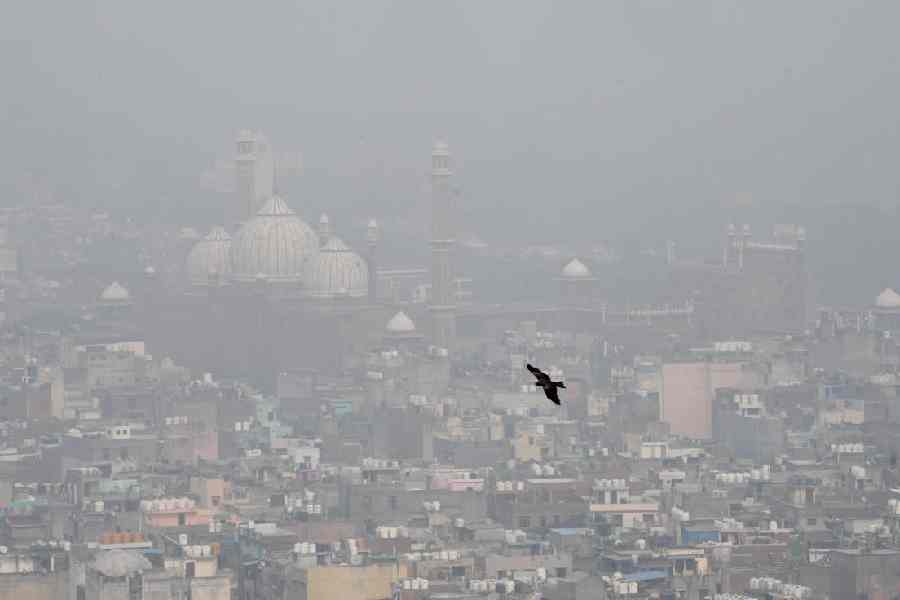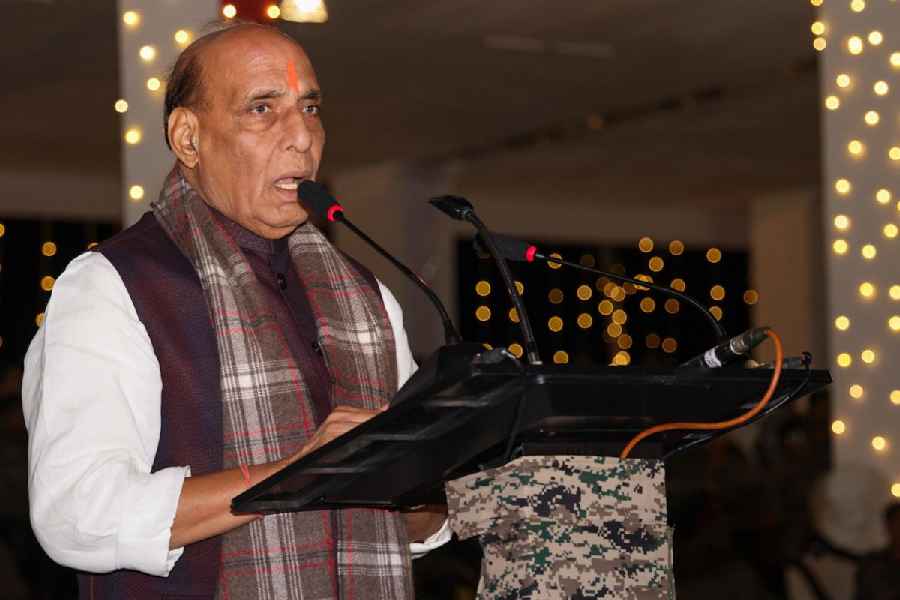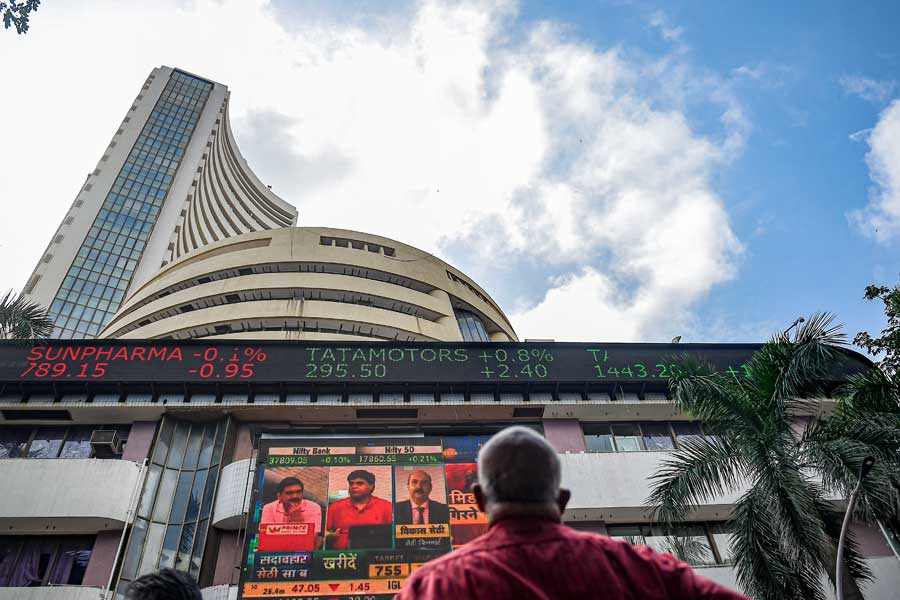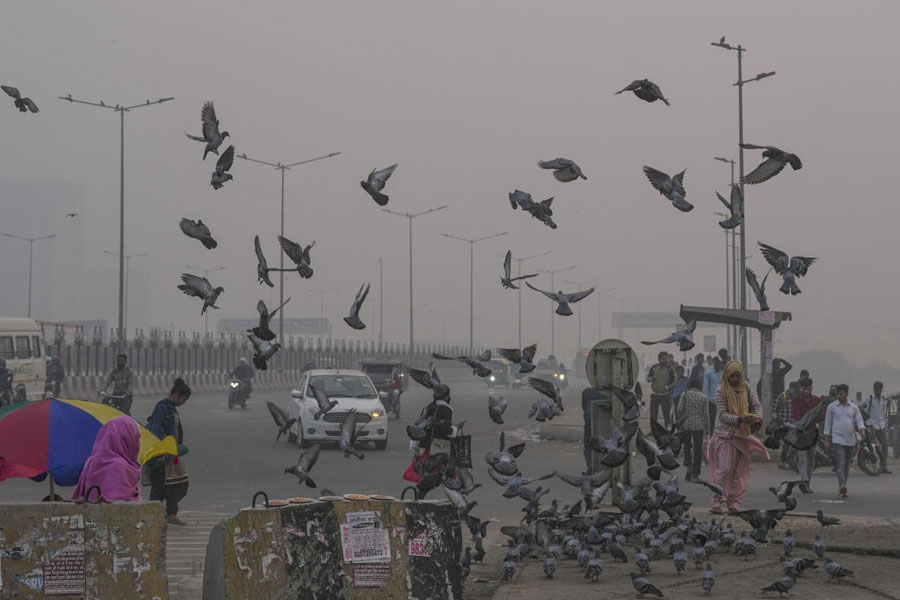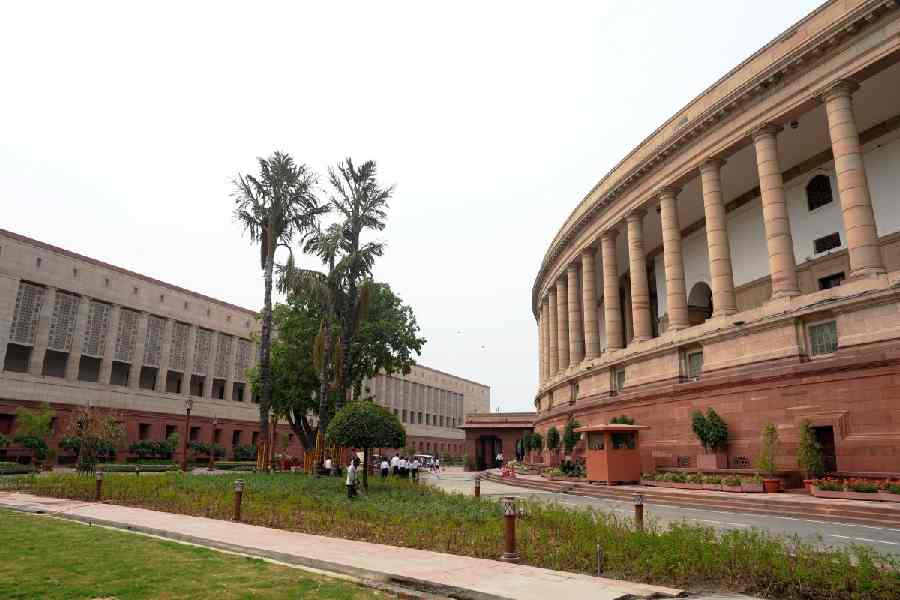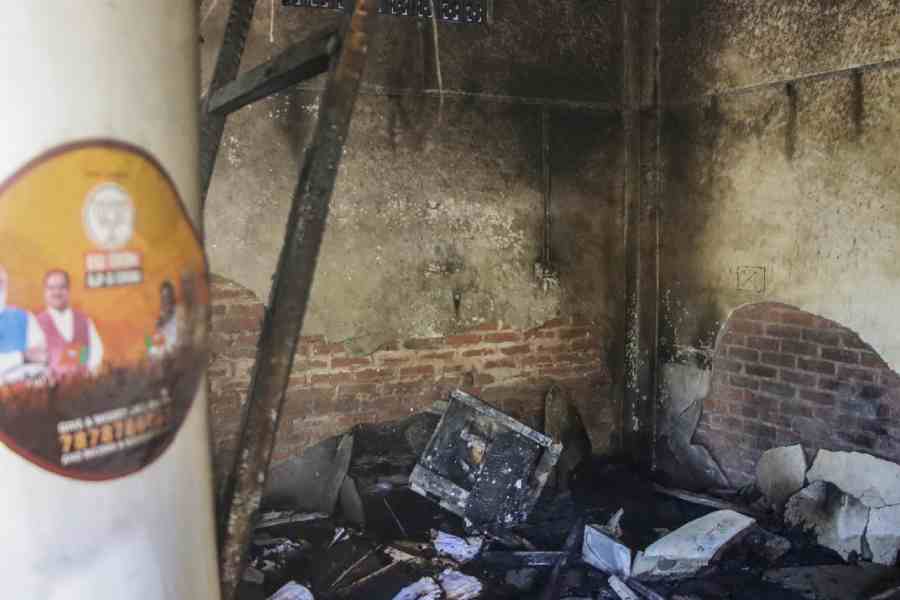The Delhi government is mulling a novel way to lower Delhi’s sky-high pollution levels: rain-making. The government wants to use cloud-seeding to manufacture rain to wash away the toxic grey smog smothering Delhi, the National Capital Region (NCR) and large swathes of north India. “We will reach this decision (on artificial rain) after observing the situation for the next two to three days,” Delhi Environment Minister Gopal Rai says.
Cloud-seeding’s never been tried before in India to lower pollution and experts are sceptical about whether the technology would work in the skies over Delhi, ranked as the most polluted capital in the world this week by IQIAir a Swiss air monitoring company. “We don’t have the right type of clouds,” says Mohan P. George, who’s advisor to the Centre for Science and Environment and a former top Delhi Pollution Control Board official.
In any event, cloud-seeding can only be a Band-Aid solution. A spell of drenching natural rain brought down Delhi’s Air Quality Index (AQI) to “good” over the weekend. But this relief lasted only briefly before Diwali crackers exploded in defiance of a Supreme Court ban and sent pollution soaring to even worse levels than before.
Since November 2, Delhi and the NCR have been covered in a thick acrid haze and air quality levels have been almost off the scale. What’s more, it isn’t just Delhi that’s blanketed by smog. Many of northern India’s cities and even rural areas are breathing unsafe air.
Delhi gets all the attention because it’s the capital, home of the Central Government and head offices of much of the national press. But Delhi isn’t an island. It’s an urban sprawl with a 46-million population spread over 1,400sq km stretching from Gurugram and Faridabad in Haryana, Noida, Ghaziabad and even Meerut in Uttar Pradesh. Bhiwadi in Rajasthan is about 80km from Delhi but in 2022 at one point it had the worst air quality in North India. Similarly, Manesar, just beyond Gurugram was also almost as bad as Bhiwadi.
First of all, what’s behind the air pollution? It’s got multiple causes. The breakup varies but generally, according to a Ministry of Earth Sciences report, vehicle emissions account for 41 per cent of Delhi’s air pollution; road, construction, demolition and other dust is responsible for 21.5 per cent; and industries contribute 18 per cent.
Says environmentalist Vimlendu Jha: “The steps that have been taken are not proportionate to the kind of problem we’re talking about.” But the scarier fact is that, while Delhi and its surrounding areas are one enormous black spot, pollution doesn’t end at its borders. Most of north India is blanketed by the pollution black cloud that stretches all the way to Lahore and parts of Pakistan.
And it’s getting worse - pollution has almost reached Patna and from there it could soon add to the grey skies above Calcutta. “North India is probably one of the worst regions in the world right now. “If you really want to see a clean-up, you have to clean up across the region,” says Anumita Chowdhury, executive director of research and advocacy at the Centre for Science and Environment. Adds George: “It’s the Indo-Gangetic plain from Lahore to Dhaka. It has slowly spread. It has reached almost Patna. Then it will go to Calcutta and then to Dhaka.”
If all this isn’t alarming enough, bear in mind that Delhi has taken one step after another to improve its air quality. All thermal plants in the NCR have been shut-down and trucks face many restrictions and many are forced to circumvent the city. Polluting industries have been banished from the city limits and the government has forced most industries that stayed to run on natural gas.
But there’s one big problem arising here: as the capital’s urban sprawl spreads out further and further, it’s reaching the distant sub-cities to where polluting industries and thermal power stations have been pushed.
Some aspects of the pollution problem are geographic. “It's a landlocked geographical location that is not fit for a capital,” says George. During winter “because the pollution levels are already very high in the region, the moment atmospheric conditions turn adverse, the high pollution in the region gets trapped and gets out of control,” explains Chowdhury. Delhi “doesn’t have any natural ventilation” such as a sea breeze, she adds. “That's why this trapping happens so badly in northern India.”
Are there short-term low-hanging solutions? The short answer, scarily enough, is no. Heaps of measures have been taken and the air remains poisonous. “It’s not right to say nothing’s happened in Delhi to control pollution. Delhi’s the only city in the country that has shut down all its coal power plants. It’s moved its public transport, its local commercial transport to CNG and LNG. It’s put restrictions on truck entry, it’s controlled diesel vehicles, it’s expanded natural gas use in industrial areas, there’s a phase-out of all old vehicles,” notes Chowdhury. But Delhi still needs to slash its PM2.5 levels further to meet clean air standards. So that’s what people have to understand and therefore the going forward is not going to be easy,” she says.
Recently, former Delhi Chief Secretary M. M. Kutty was installed as the chief of the cumbersomely named Commission for Air Quality Management in National Capital Region and Adjoining Areas. The commission, which replaces another one that performed a similar function, has the tough task of coordinating the governments of Uttar Pradesh, Haryana, Rajasthan and Delhi.
Two of these are run by the BJP, one by the Congress and another by the AAP. Getting these disparate players to work together will be a gigantic task. Also, as Jha points out, there are three levels of government to be brought together. There’s the Central government, the state governments and the municipalities
What are the types of pollution to be brought under control? The greatest factor, as we have mentioned, is vehicular pollution and construction is also up there with it. In Delhi there’s also waste-burning and the giant waste dumps.
Then, of course, there’s the farm stubble burning that’s been blamed for much of this month’s rocketing pollution levels. The stubble burning problem only began around 2012 when farmers in Punjab began reaping their crops around this time when the winds are blowing towards the NCR. It undoubtedly adds to the pollution levels but isn’t the only cause by any stretch of imagination. Environmentalists appear to differ on how much it contributes to the overall problem but it’s definitely a seasonal issue. Says Jha: “For three weeks, it has an impact. That can range from 5 per cent to 35 per cent.”
In some parts of the city, levels of the most dangerous cancer-causing air particles called PM2.5 reached as high as 1,856 micrograms per cubic metre in east Delhi after Diwali. Bear in mind, the World Health Organization sets the safe limit for PM 2.5 at 5 micrograms. On an annual average basis, PM 2.5 concentration was 100 in 2022, twice the national average. The bad air has huge health consequences from causing low birth weight to damaging nearly all organs, including eyes, lungs, skin and heart. Experts say that prolonged exposure to such high concentrations of PM 2.5 is equivalent to smoking more than two packs of cigarettes a day.
Delhi has installed several smog towers – essential giant air purifiers – in the city to reduce air pollution but again these are first-aid solutions that only reduce the pollution levels in neighbourhoods where they are placed.
If it’s any consolation, while Delhi doesn’t yet have a clear idea to resolve the air pollution, it has a clear handle on the extent of the problem. Environmentalists say Delhi and the NCR are now the best-monitored areas across Asia. There are 44 continuous monitoring stations across the sprawl. Also Pune’s Indian Institute of Tropical Meteorology can estimate almost on an hourly basis how different pollution sources are contributing to the overall problem. “It’s a living laboratory,” says George. Adds Chowdhury: “The longer-term pollution curve has actually stabilised and it is even coming down.”
But even all this isn’t anywhere near enough. Delhi and the NCR would need to take action to cut pollution by around 60 per cent from the current levels to meet clean air standards.. That’s an extraordinarily tough task, especially as vehicle growth has exploded in the region.
Says Chowdhury: “Delhi has to scale up an integrated public transport system, create the right conditions for cyclists and walking too. Electrification of vehicles also needs to happen.” Adds George: “We easily stopped truck entry but as soon as it comes to cars, it is much tougher and requires many people to come out of their comfort zone.”
Jha points out that there had been proposals to bring in 10,000 new low-pollution buses. But the actual numbers have fallen far short. As for electric buses, 400 are now on the roads. Jha points out too that many people live in places like Gurugram and Noida and transportation links need to be created between Delhi and the cluster of satellite cities around it. Public transport also needs to include last-mile solutions to make it easy to use.
Can there be further and necessary improvement? Mexico City and Beijing are the best examples of cities that have brought pollution down to manageable levels. But people have to be persuaded to buy fewer and possibly less polluting vehicles.
Construction companies have to face tough enforcement measures that will force them to keep dust levels to an absolute minimum. Cooking on open fires needs to be reduced. What’s more, all such measures need to happen in cities across the northern region – the worst polluting cities are largely concentrated in Uttar Pradesh, Haryana and, of course, there’s Delhi.
Everyone agrees there can be real change only when every person in Delhi NCR and the northern region becomes conscious of the need for environmental care and demands the right to breathe fresh air.
It seems, though, there still may be a long way to go in increasing public awareness of the need to tackle pollution. Just 189 of 995 Delhi resident welfare associations have heeded a government appeal to supply colony security guards with electric heaters to stop them burning wood to keep warm during the biting winters. That highlights just how tough it is to bring every citizen into the fight for the environment.


